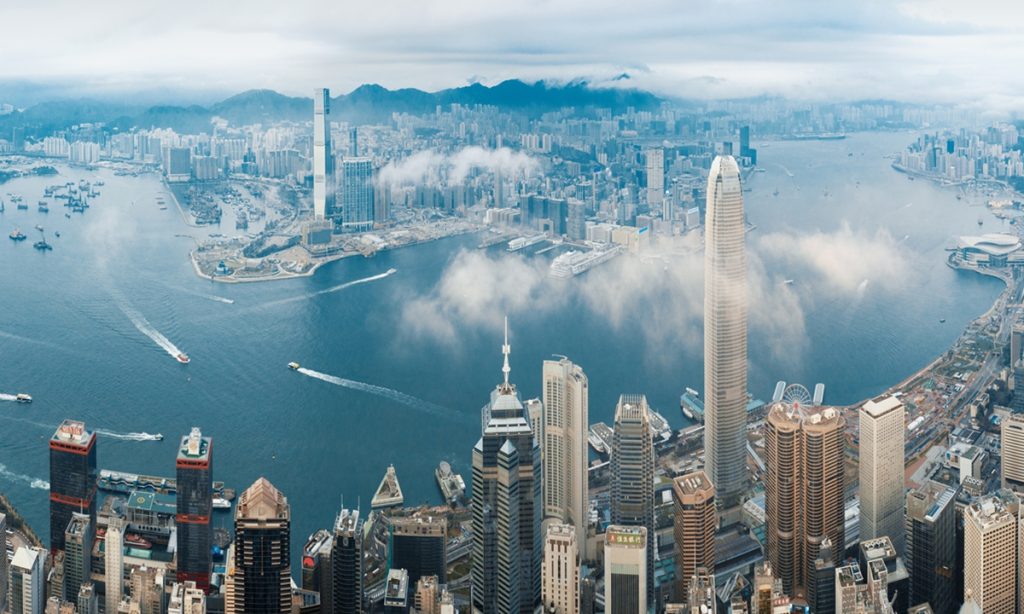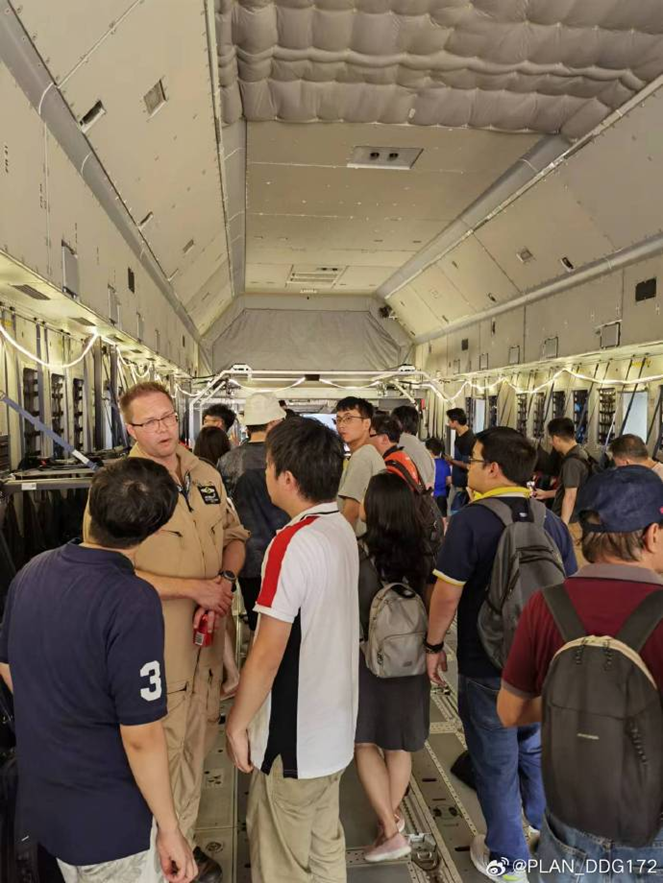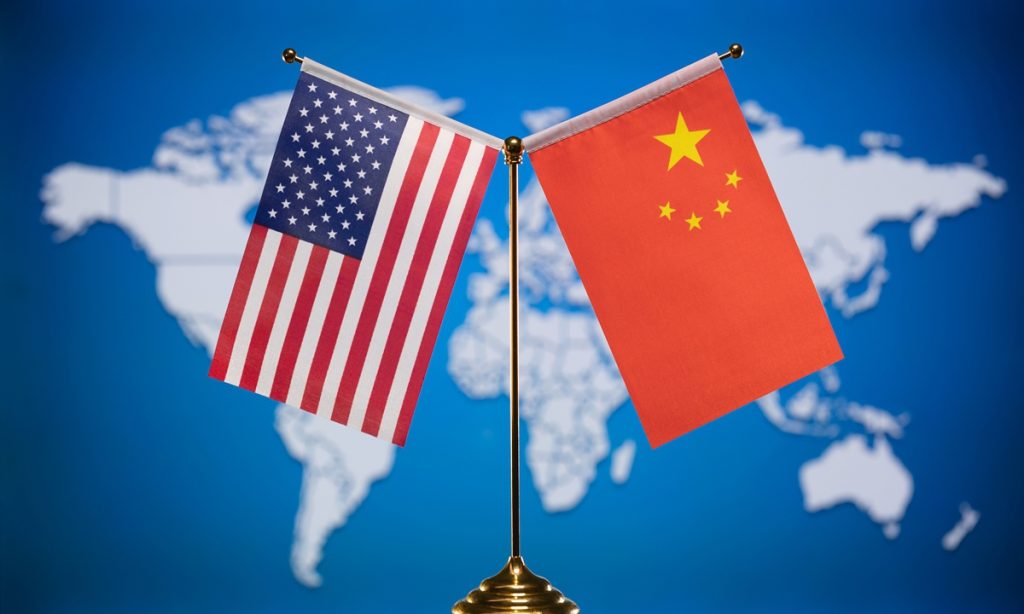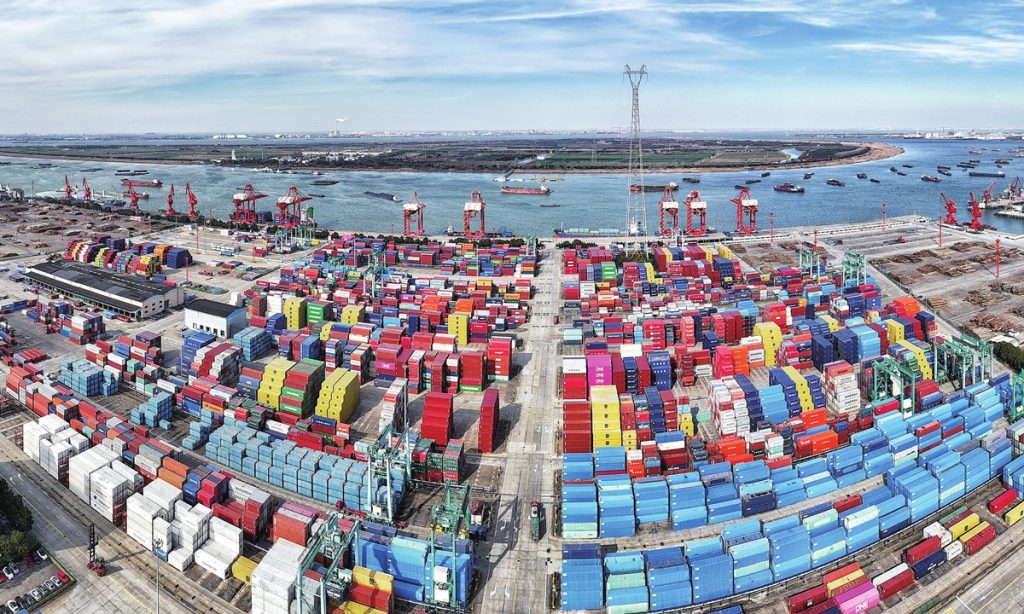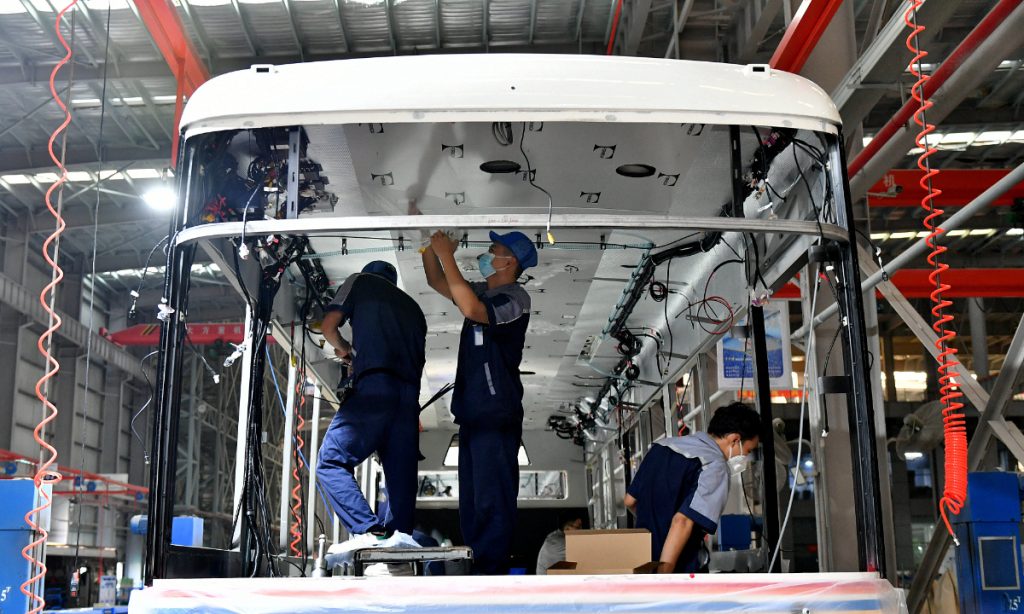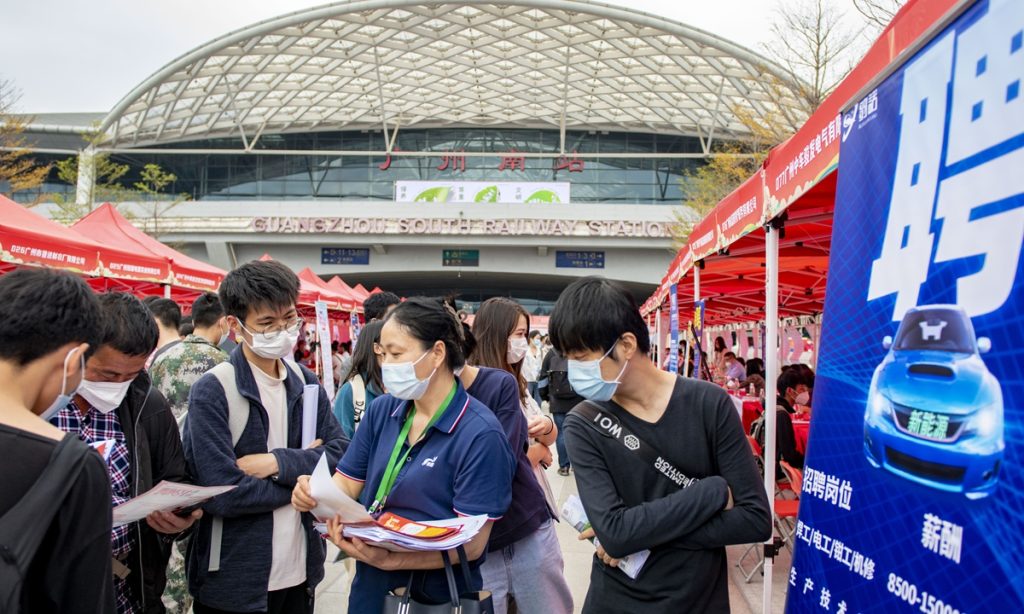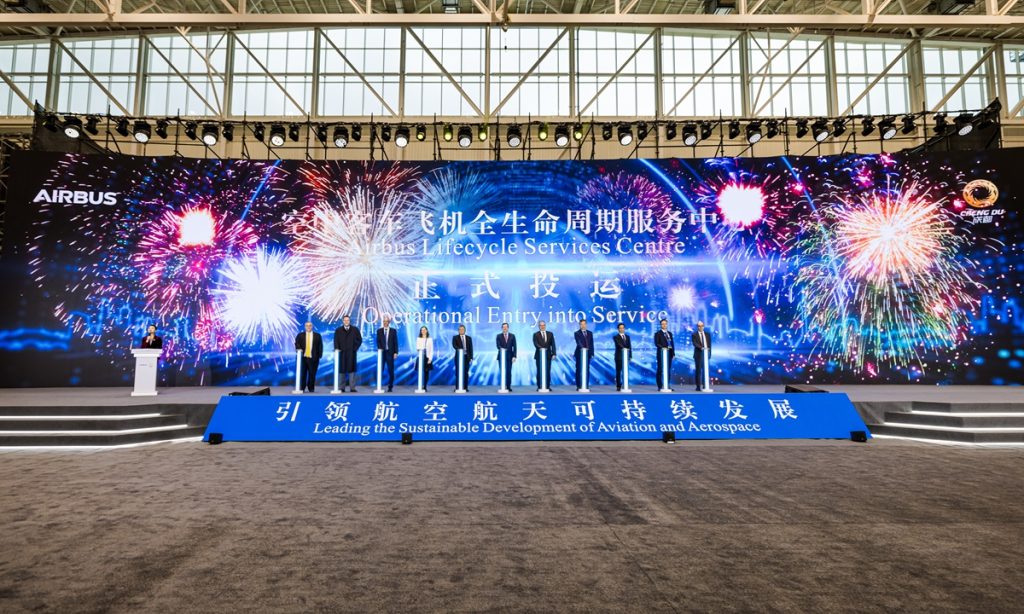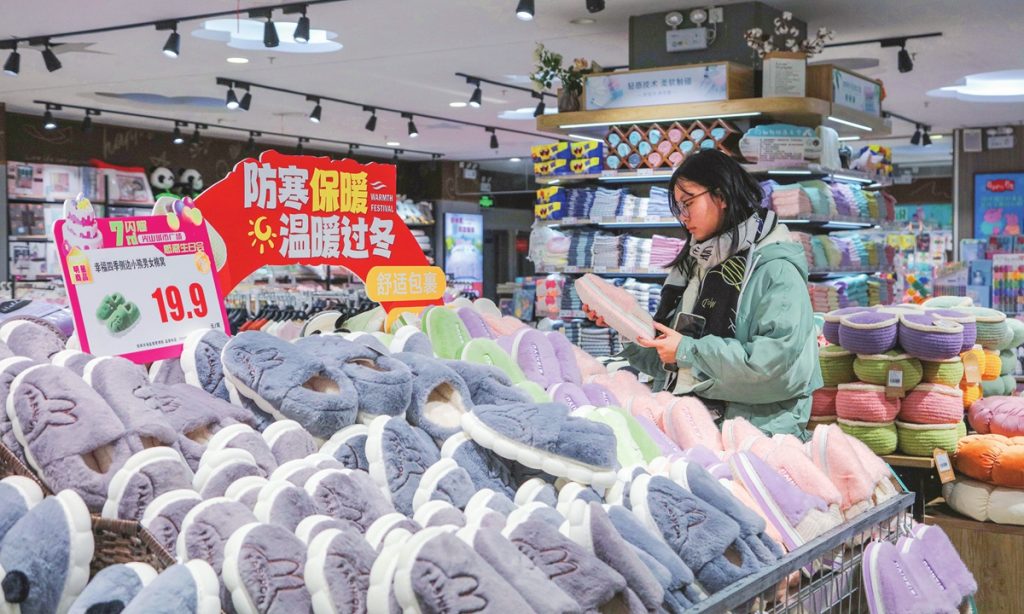China introduces more policies to facilitate cross-border travel: FM
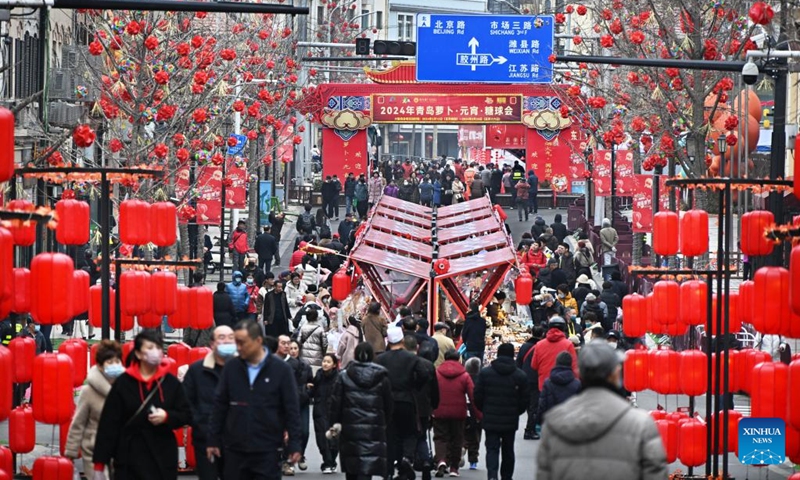
In order to facilitate travel between China and other countries and regions, China has introduced the “three reductions and three exemptions” policy, such as unilaterally implementing visa exemptions for citizens from certain countries. China welcomes more foreign visitors and will continue to provide a safe, comfortable, and convenient travel environment for them, Mao Ning, a spokesperson of Chinese Foreign Ministry, said on Monday.
The policy includes reducing the amount of information required in visa application forms, gradually reducing visa fees, simplifying the approval process for studying in China, exempting certain applicants from providing fingerprints, exempting the need for visa appointments, and unilaterally implementing visa exemptions for citizens of countries like France and Germany on trial basis, Mao introduced at a press briefing.
To address the issue of difficulty in mobile payments for foreigners, the People’s Bank of China, the country’s central bank, has guided payment institutions to improve the efficiency of bank card binding, simplify identity verification arrangements, and raise the single transaction limit for mobile payments, she said.
Beijing has been promoting the upgrade and renovation of key commercial districts, scenic spots, parks, and hotels. It is also upgrading the acceptance capabilities for foreign cards and establishing demonstration zones for payment services for overseas visitors at Beijing Capital International Airport and Beijing Daxing International Airport.
Shanghai has introduced foreign card POS machines in hotels rated three stars and above, as well as in tourist attractions rated 3A and above. Additionally, major telecom operators have added multiple service points at airports and ports in major cities to facilitate foreign travelers in obtaining mobile phone numbers upon entry, Mao said.
China’s continuous extension of visa-free entry has attracted a significant influx of tourists.
During the Spring Festival holidays (February 10-17), the Chinese mainland received about 3.23 million visits from overseas destinations. There was a noticeable increase in tourists from countries newly added to the visa-free entry list for China, such as France, Germany, Malaysia, and Singapore. The total number of inbound travel orders from these countries during the holiday doubled compared to the same period in 2019, Mao said.
Thailand is one of the countries to sign a mutual visa exemption agreement with China recently. On March 1, the visa exemption agreement between the two countries for ordinary passport holders officially came into effect. The number of orders for Thai travelers coming to China increased threefold compared to the same period last year, according to data sent to the Global Times by online travel agency Trip.com Group.
During the Spring Festival holiday, the number of inbound tourists booking tickets for scenic spots increased by over 10 times compared to 2019. The main source countries were Japan, the US, South Korea, Australia, the UK, Malaysia, Vietnam, Canada, Thailand and Germany, Trip.com data showed.
